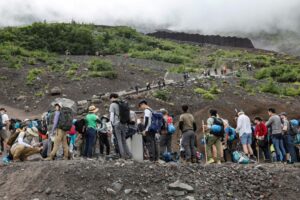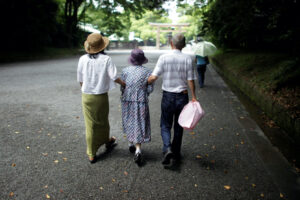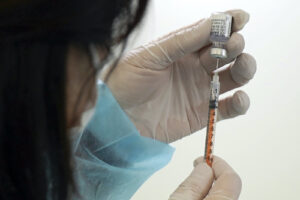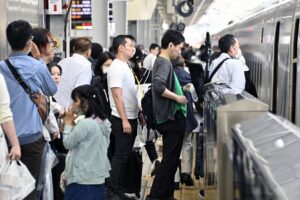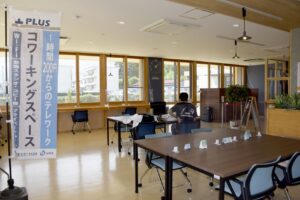Tokyo, 08 May, /AJMEDIA/
Japan on Monday downgraded the legal status of COVID-19 to the same category as seasonal influenza and greatly relaxed its expansive medical rules, marking a major shift in its approach after three years of dealing with the coronavirus.
The reclassification of COVID-19 to Class 5 means decisions on anti-coronavirus prevention measures are now up to individuals and businesses. But experts are still calling on the government to ensure medical institutions can properly respond to another potential future surge in the number of infections.
The government has removed most of its guidelines, such as quarantine periods of seven days for people who test positive for the disease and five days for those who have been in close contact with an infected person.
Residents of Japan are also to be charged for coronavirus-related outpatient care and hospitalization, although subsidies are available for expensive treatment. COVID-19 patients will also receive medical treatment in ordinary hospitals instead of designated facilities.
The disease was categorized in 2020 as a special public health threat equivalent to or stricter than Class 2, which covers infectious diseases such as tuberculosis and severe acute respiratory syndrome, or SARS.
The government formally decided on April 27 to downgrade the coronavirus’ legal status as the vaccination program, among other factors, has made the disease less deadly, while calls for rejuvenating the pandemic-hit economy have grown.
The preparedness of the health care system to withstand a future outbreak was also taken into account.
Under the reclassification, the government will also no longer legally be able to recommend hospitalization for coronavirus patients or declare a state of emergency, under which governors were able to request the reduction of opening hours for businesses and could close or impose fines for those that did not comply.
The government said that around 8,300 medical institutions, comprised of 90 percent of hospitals nationwide plus some clinics, will have the capacity for up to 58,000 COVID-19 inpatients by the end of September, with around 44,000 institutions accepting outpatients, up from 42,000 last month.
Japan has already lifted its rules on the wearing of face masks from March 13, leaving the decision up to individuals.
It also lifted COVID-19 border controls for all arrivals on April 29, the start of the annual Golden Week holiday that runs through early May, meaning entrants are no longer required to present certification of at least three coronavirus vaccination doses or a negative coronavirus test taken within 72 hours of departure.
Even after the downgrade, coronavirus vaccinations will remain free of charge until the end of March 2024, and subsidies of up to 20,000 yen ($148) a month will be provided for coronavirus-related hospitalization until September this year.
On Monday, the government began vaccination programs for the elderly and those with underlying diseases, alongside medical and nursing care workers, for the current fiscal year that began in April. For some, it will be their sixth round of inoculation.
For students who become infected, the government has said they should be absent for five days after showing symptoms, and for one day after they have recovered.
The government also offers similar guidance to others in response to calls from nursing care providers who wish to know when they can return to work after becoming infected.
Even after patients recuperate, the government recommends they wear a face mask for 10 days and refrain from coming in contact with the elderly or others at higher risk of developing serious symptoms.
Issues remain, however, around providing a suitable environment for the elderly at medical facilities and institutions, as infections continue to be reported nationwide.
The reclassification of the virus and the easing of public health measures could make it difficult to effectively monitor the number of infections in Japan if they begin rising again, said Tetsuya Matsumoto, a professor at the International University of Health and Welfare.
“The medical system, which appears to be improving, may not actually have the capacity to sufficiently respond. The challenge is how to steadily increase the number of medical institutions that can receive patients,” Matsumoto said.















